Crocodiles have fascinated humans for centuries with their fearsome reputation and ancient lineage, having changed little since the age of the dinosaurs. However, beyond being a subject of awe and trepidation, these remarkable reptiles possess a suite of extraordinary abilities that remain little known to most people. In this article, we’ll delve into 10 surprising things crocodiles can do, shedding light on their complex lives and adaptations that have enabled them to thrive across millennia.
Sensing Through Incredibly Sensitive Skin

Crocodiles possess some of the most sensitive skin in the animal kingdom, particularly around their jaws. Their skin is covered with sensory organs known as integumentary sensory organs (ISOs), allowing them to detect minute pressure changes in water. This remarkable sensory ability helps them hone in on prey with precision, even in total darkness or muddy waters.
Powerful Bite Forces

It might not be a surprise that crocodiles have powerful bites, but the sheer strength of their bite is often underestimated. With a bite force exceeding 3,700 pounds per square inch (psi), crocodiles have the most powerful bite of any animal currently alive. This incredible force allows them to crack through turtle shells and even the bones of large mammals with ease.
Corner-Cutting Respiration
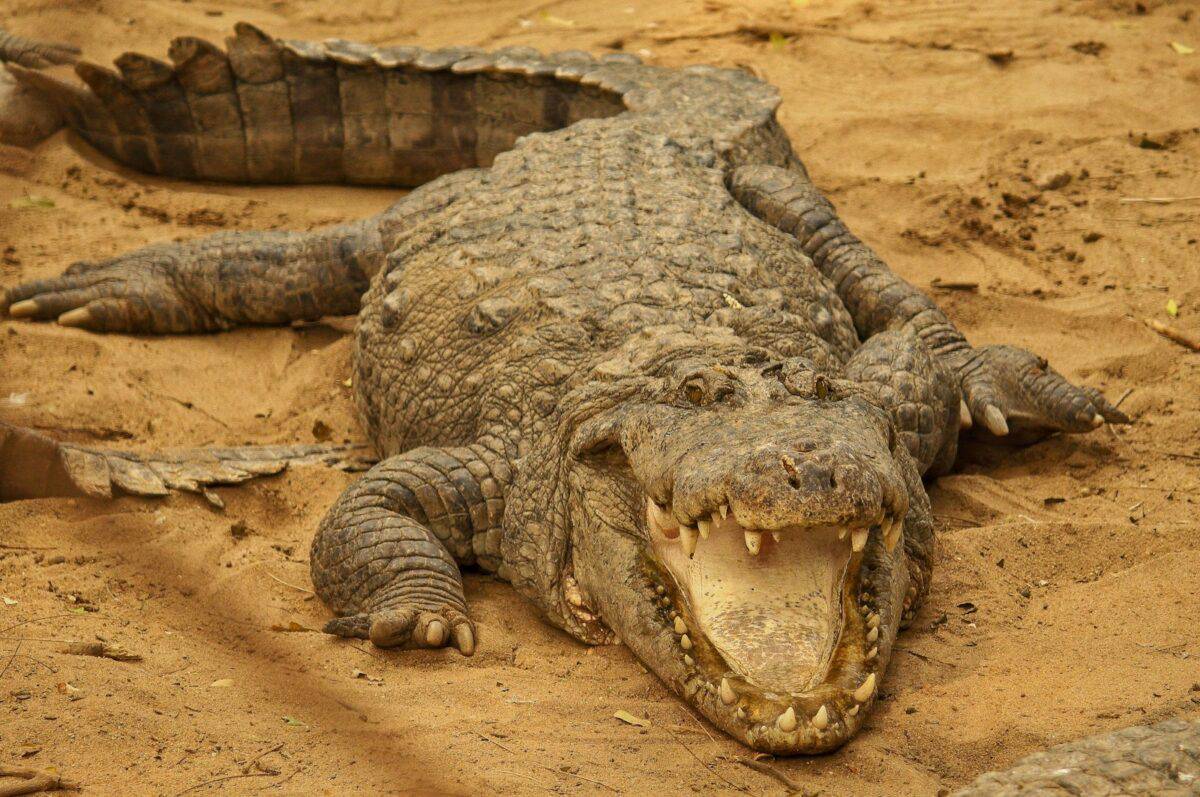
Uniquely adapted for an aquatic lifestyle, crocodiles have a modified respiratory system. They can hold their breath underwater for over an hour by slowing their heart rates significantly, a process known as bradycardia. This adaptation allows them to be stealthy ambush predators, remaining hidden for extended periods.
Master Navigators
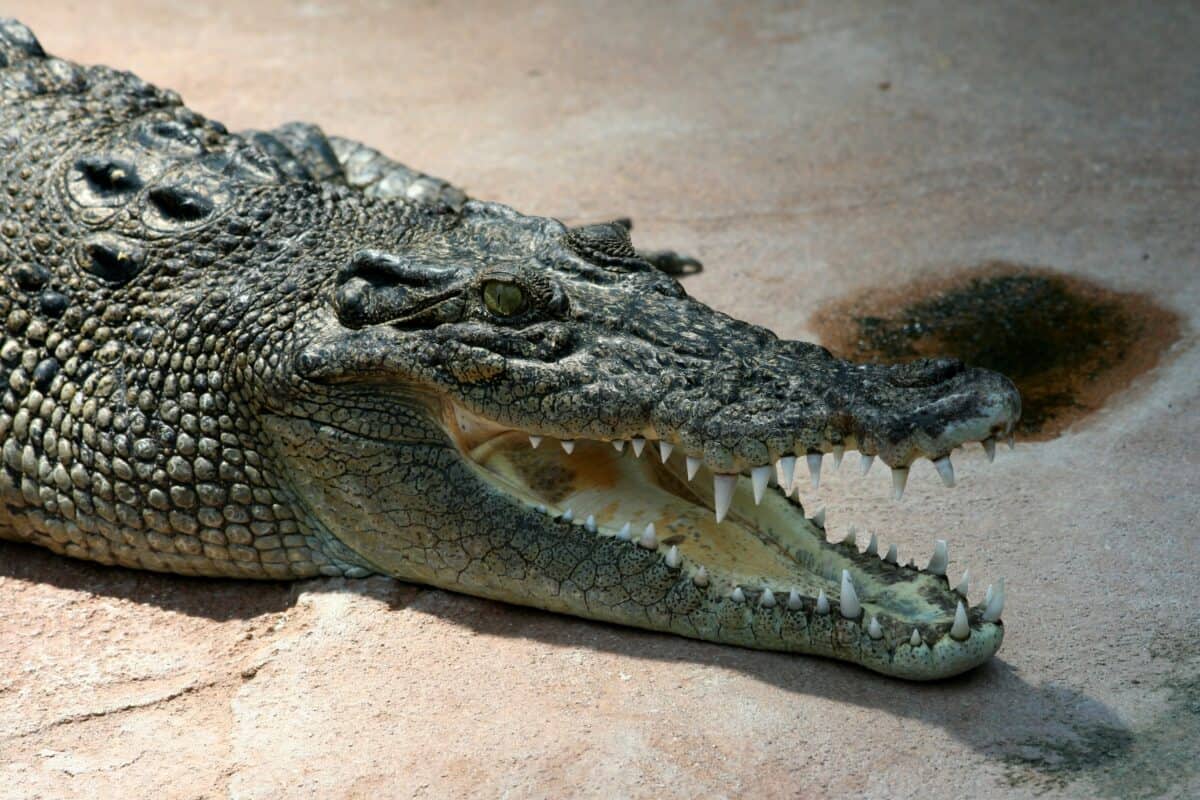
Crocodiles are often thought of as solitary creatures, but studies show they possess excellent navigation skills. This is particularly evident during the nesting season when mothers travel long distances to lay their eggs or return to previously successful nesting sites. They use natural landmarks and celestial cues to navigate back to specific locations with remarkable precision.
Temperature-Dependent Sex Determination

Unlike mammals, the sex of crocodile offspring is not determined by chromosomes but by the incubation temperature of the eggs. Warmer temperatures tend to produce males, while cooler conditions produce females. This fascinating biological phenomenon is known as temperature-dependent sex determination (TSD) and is shared with other reptiles such as turtles.
Nocturnal Adaptations

Crocodiles have exceptional night vision, which gives them a significant hunting advantage under the cover of darkness. Their eyes contain a layer of cells called tapetum lucidum, which reflects light, enhancing their ability to see in low-light conditions. This adaptation ensures they remain, efficient hunters, when many other animals have reduced visibility.
Complex Social Behavior
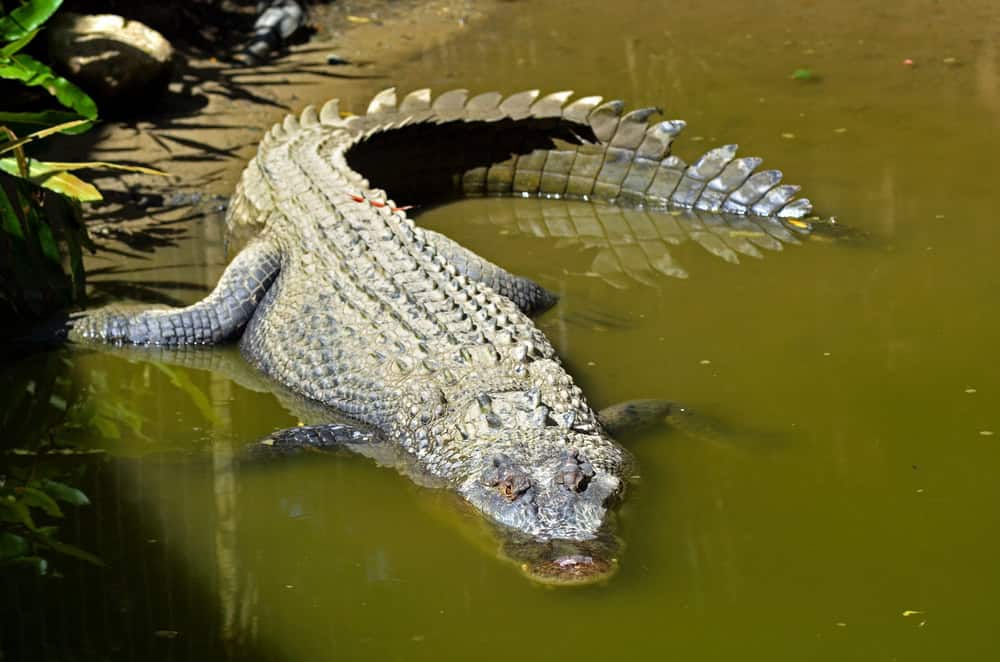
While crocodiles are often perceived as antisocial loners, they display a surprisingly complex social structure, particularly during mating and nesting seasons. They are known to communicate vocally using a range of sounds, from grunts to barks, to convey information about territory, threats, and mating opportunities.
Leap Off Water

Though typically seen as slow-moving on land, crocodiles can display impressive agility. They can launch themselves out of the water using their powerful tails, an ability known as “tail-walking.” This movement is often used to catch birds or other animals sitting at the water’s edge, demonstrating surprising athleticism.
Living Fossils A Glimpse into Prehistoric Times

One of the most intriguing aspects of crocodiles is their evolutionary history. As living fossils, they provide insight into prehistoric life and have barely changed over 200 million years. This longevity is a testament to their efficient adaptations, retaining many characteristics from their dinosaur-era ancestors.
Surprisingly Fast Runners
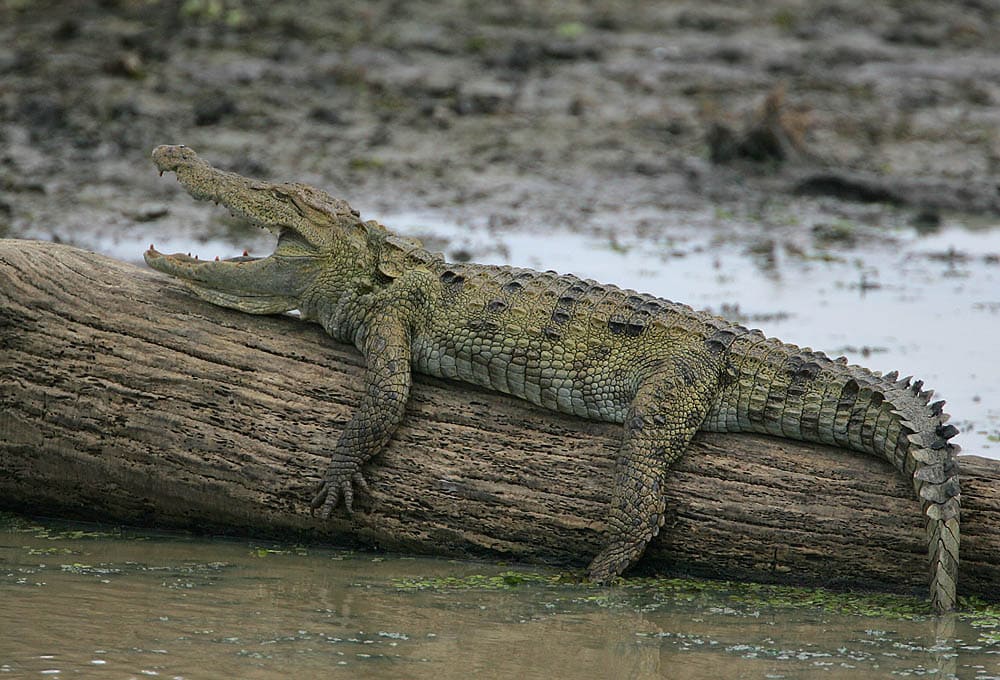
Contrary to popular belief, crocodiles can run surprisingly fast over short distances. On flat ground, they can reach speeds of up to 12-14 kilometers per hour (approximately 7-8 miles per hour). While they can’t sustain this speed for long, it’s more than enough to catch unsuspecting prey or ward off threats.
Extraordinary Healing Abilities

Another relatively unknown fact about crocodiles is their extraordinary healing abilities. They can recover from severe injuries and have an innate resistance to infection. This resilience is attributed to their robust immune systems and the natural presence of antibiotic-like proteins in their blood, offering them superior wound-healing capabilities.
Conclusion: The Remarkable World of Crocodiles
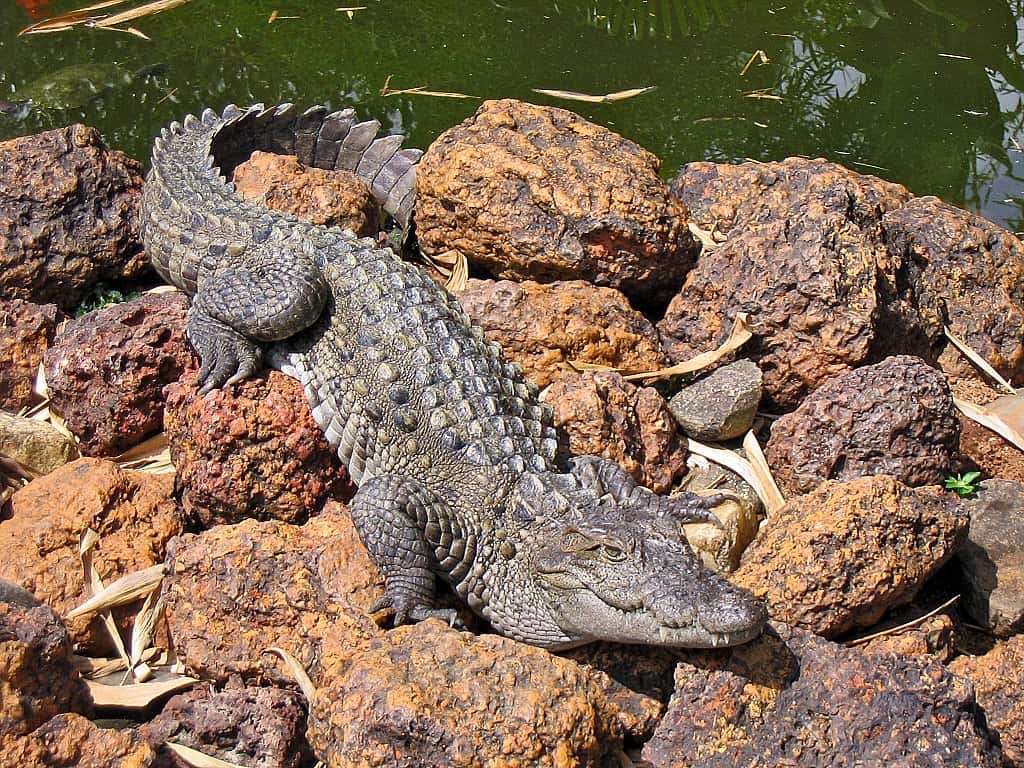
Crocodiles are fearsome but fascinating creatures, their incredible adaptations allowing them to survive and thrive over countless millennia. Understanding these abilities provides a glimpse into their world, challenging preconceived notions about these ancient reptiles. As apex predators with intricate behaviors and unmatched evolutionary success, crocodiles pique human curiosity and continue to be an essential part of our planet’s biodiversity narrative.
- 12 Times Birds Used Tools Like Humans - August 15, 2025
- 12 Creatures That Hibernate in the Most Extreme Ways - August 15, 2025
- 12 Deep-Sea Animals That Glow in the Dark - August 15, 2025

